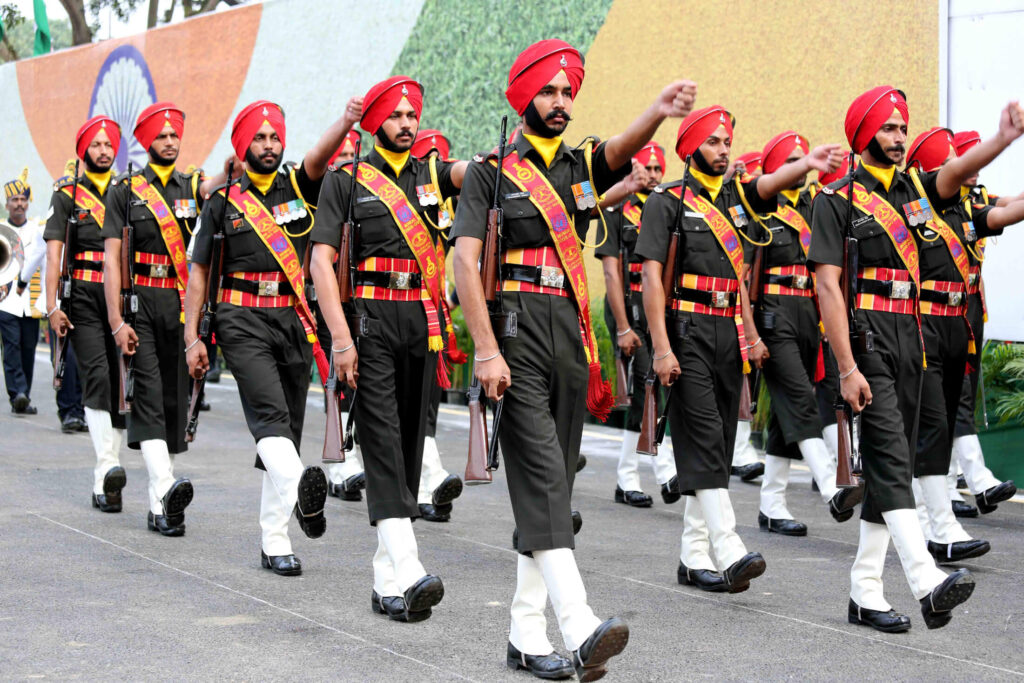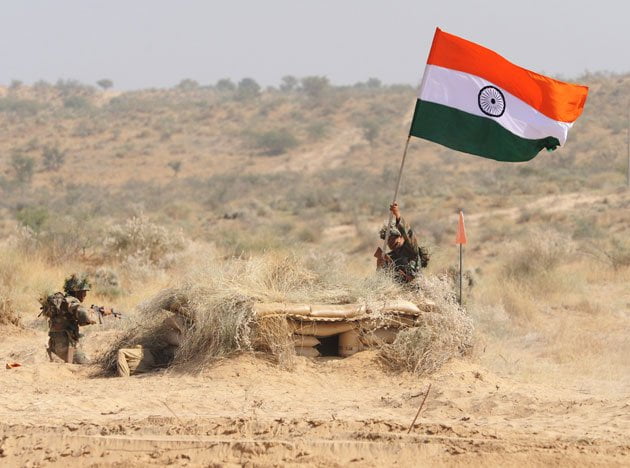
As India celebrates the 76th year of its freedom, it’s time to pay homage to the founding fathers and fulfill the developmental aspirations of its 1.35 billion people.
A Peep into History
On 15th Aug 1947, when India was freed from colonial rule, the Indian economy was less than 3 percent of GDP far below what it used to be two centuries earlier. It was from this abyss of underdevelopment and impoverishment that India began its journey to become a modern, prosperous nation, governed by the world’s most elaborate Constitution and supported by institutions that have stood the test of time. India’s independence also inspired yearnings for freedom elsewhere as anti-colonial movements swept across swathes of Asia and Africa.
On 15 August 1947, when India got its independence — the colonial British Indian Army became the armed forces of independent India. To add insult to injury almost one-third of this force went to Pakistan. There were hardly any high-ranking Indian officers to command the new Indian Army.
There were no Indian commissioned officers. K M Carippa, K S Thimmayya, and a handful of other highest ranking King’s commissioned officers were Colonels and Brigadiers at the time of Independence.
Hence India had to wait for another two years before KM Cariappa became a four-star General and the first Indian Chief of the Army Staff on 15 January 1949. Today we have the fourth largest Armed Forces in the world.
The Indian Armed Forces
At the time of independence, India inherited Armed Forces that had been created, equipped, trained, and used to mainly protect and consolidate British power in India. Immediately, after independence, the Indian Armed Forces were pushed into war with Pakistan in the spring of 1948. In the aftermath of the war, India’s strategic thinking rested on four pillars: to maintain conventional military superiority over Pakistan; to maintain friendly relations with China; to stay free of Cold War politics and entanglements, and to promote solidarity and cooperation among developing countries. India’s main threat perception was from Pakistan, a country born out of the partition of British India.
The key drivers of India’s military modernization were lessons learned from past wars, the changing regional and international milieu, and the outlook and ambition of key decision-makers. During the Bangladesh crisis, the US and China acted threateningly toward India. The presence of the US aircraft carrier, Enterprise, in the Indian Ocean during the war had unnerved the Indian leaders and subsequently shaped their strategic perception and outlook. This led to a major modernization drive to safeguard our maritime borders, which stretched up to almost 7500 km. Today we have the fourth largest Armed Forces in the world.

AtmaNirbhar Bharat
Today, India is self-sufficient in many respects. The Make in India campaigns has brought forth major changes in our manufacturing capability. Exports have picked up and we are gearing up to become a five trillion economy. India has made giant strides over the years in Space and Communication technology. Today we have a number of our own satellites in orbit including a defense satellite. Our missile technology has also grown by leaps and bounds. Brahmos, Agni, and Akash missiles have been game changers and have tremendous export demands.
India is a young nation with sixty-five percent of our population below thirty-five years of age. Therefore, today the country needs to invest in its youth. This power of the people will propel the country to its logical destination of a Super Power status. The country needs to build its Comprehensive National Power in the fields of Economy, Agriculture, Infrastructure, Industry, and Military. This will give us the necessary leverage to be heard by other nations of the world.
Conclusion
The time of reckoning is coming near. Let’s not rest on our past laurels but strengthen the country through nation-building. The challenges which face us are immense, as we grapple with acrimonious neighbors, separatist elements, terrorism, and inimical elements which try to subvert civil society. The nation needs to stand as one irrespective of caste, color, and creed. Let’s make a pledge to give our “Naam Namak and Nishan’ to this vibrant country of ours and take it forward in all ways. The dream of Bharat 2047 should transform into reality in all spheres and walks of life.

